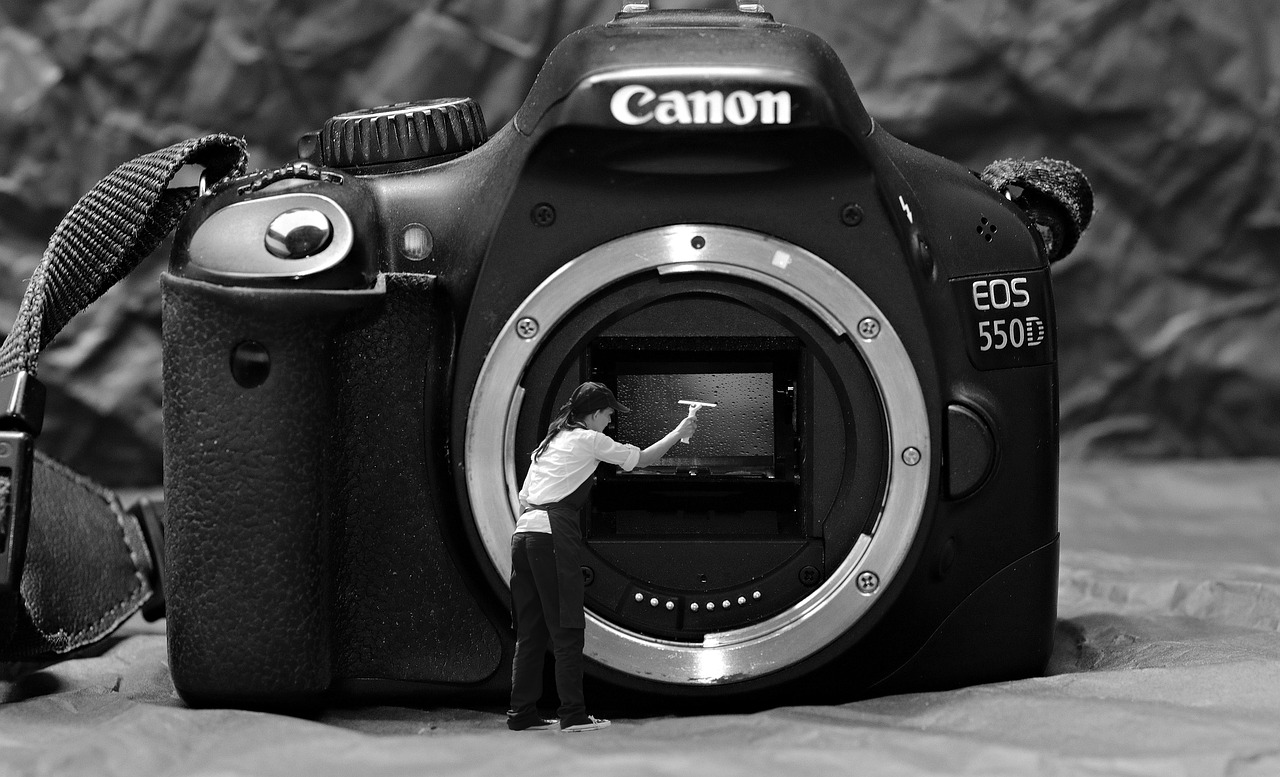Navigating Code – Switching Pressure in White Hollywood Culture

Hollywood Code Switching Pressure Revealed
The key takeaway is that Hollywood still demands actors of color to code-switch their appearance and behavior to fit a white-centric ideal, often at the cost of their authenticity and identity.
Actor Christopher Rivas shares a vivid scene where a director instructs him to use “white hands” on camera—a striking metaphor for the pressures to conform physically and culturally.
Despite making a living in this system, Rivas reveals the ongoing internal conflict of fitting into a narrow mold that prioritizes whiteness’s gaze and desirability.
The power dynamics remain skewed as decision-makers are predominantly white, meaning true change depends on who holds those creative and financial reins.
The Struggle Between Visibility and Authenticity
Rivas’s narrative unfolds with a tension between being selected for roles and needing to be aesthetically appealing to a predominantly white audience.
He recounts how even after achieving success as a series regular on a Fox sitcom, doubts linger about his worthiness and whether he’s code-switching enough to survive in Hollywood’s ecosystem.
He recalls advice from his father: “Look the part.
Pretend.
Fake it till you make it, ” highlighting the performative nature of acceptance in the industry.
This is the paradox: to stand out, you must also assimilate, often sacrificing aspects of your identity, such as natural curls or ethnic features, to fit white standards.
## Diversity Talks Have Yet to Deliver Real Change.
The hope sparked by the George Floyd protests in 2020 and the ensuing diversity and inclusion efforts in Hollywood has largely fallen short.
While Latines now represent 18 percent of the U.
S. population and continue to grow, this demographic shift is not yet reflected proportionally on screen or behind the scenes.
Rivas critiques the superficial nature of current DEI initiatives, emphasizing that casting alone won’t shift power unless those signing the paychecks diversify.
He stresses that the real transformation lies in who tells the stories and who controls the industry’s economic decisions.

Content Length Versus Engagement Chart
Content Type Average Length Viewer Engagement Score.
Feature Film 90-120 minutes 7.2 /
10. Network Sitcom 22-30 minutes 6.8 /
10. Streaming Drama 40-60 minutes 8.5 /
10. Short Online Series 5-15 minutes 5.3 /
10. Documentary 60-90 minutes 7.9 /
10. This chart illustrates how streaming dramas, often with longer runtimes and higher production values, tend to engage viewers most deeply, suggesting a potential avenue for richer, more nuanced storytelling.
However, current industry patterns frequently restrict actors of color to stereotypical, short-lived roles that lack complexity or growth.
Hollywood’s Stereotypes Trap Characters in Cycles
Rivas highlights a pervasive industry truth: lead characters must remain self-sabotaging and static for shows to sustain long-term success.
Executives resist change, locking characters—especially those from marginalized backgrounds—into stale, clichéd roles.
This reinforces harmful narratives and limits representation to stereotypes instead of authentic, evolving human stories.
Rivas challenges Hollywood to rethink its storytelling approach, urging creators to ask whether a story truly reflects humanity, promotes fairness, and offers fresh perspectives on race and class.
The Need for Diverse Storytellers and Decision Makers
True authenticity in media begins behind the camera.
Rivas envisions a Hollywood where Brown leads star in everyday stories, such as an Afro-Dominican futurist fantasy or a South Asian-Puerto Rican buddy comedy, without race being the defining plot point.
He calls for a shift in who signs the checks, noting that the industry remains dominated by old, straight, white males.
Until people of color hold those positions of power, the stories told will continue to marginalize and commodify minority experiences rather than honor their fullness and complexity.

Embracing Identity Against the Odds
Since 2020, Rivas has embraced his natural curls unapologetically and refuses to alter himself unless a role genuinely represents society’s diversity.
His journey from forced conformity to self-acceptance embodies the broader fight among Latinx and Black actors to love themselves amid systemic pressures to assimilate.
He urges others to create their own art and narratives, reminding us that “until the lion learns how to write, every story will glorify the hunter.” This metaphor underlines the necessity for marginalized groups to control their own stories to break cycles of exclusion.

Collective Responsibility to Support Inclusive Change
Rivas calls for more than performative allyship.
He challenges industry insiders and audiences alike to put real resources behind dismantling harmful power structures.
Diversity is not just about casting Brown or Black bodies; it’s about honoring stories that convey dignity and complexity.
Only through committed anti-racist work and inclusive leadership can Hollywood pave the way for future generations to see themselves on screen without compromise, creating spaces where everyone belongs and thrives.
## The Future of Hollywood Representation Is Fluid.
The final message is hopeful yet urgent: the identity and stories of people of color are not fixed but evolving.
Hollywood must evolve too, embracing expansive, truthful narratives that reflect society’s diversity.
Rivas’s personal and professional journey illustrates the potential for media to inspire a new future—one where actors of color are not guests but equals, and where authenticity is the standard, not the exception.

